Allegory of Venice
Oil on canvas, cm 50,5 x 40
With frame cm 65,5 x 53,5
The unification of Italy and its historical and political path fed the production of specific works of art, which evoke war scenes, political and popular episodes, but also complex allegorical representations. Typical of this illustrative vein is the painting under consideration, recognized to Giacomo Casa (1827-1887) given the stylistic and compositional consonances with his typical pictorial production, as well as for the direct relationship, given the iconographic scheme and the elegant decorative figure, with the allegorical work depicting Republican Venice resurrected to freedom and art, with the tricolor flag, executed in 1848 by the Casa and now kept at the Museum of the Risorgimento and the Resistance of Vicenza.
Painted with a strong patriotic meaning, it shows in the centre a female figure, to be identified with the Allegory of Venice: the setting in a rural landscape is different from that of the port and the sea which can be found in the painting of Vicenza but would indicate the Venetian power extended in the hinterland of Veneto and Lombardy during the history of the maritime republic; The presence of a lion must also be interpreted as a clear reference to the main symbol of the lagoon city, represented together with the usual attributes of the weapons, depicted at his feet and next to the laurel wreaths, which refer to military glories. Another patriotic reference is the depiction of the woman with bare breasts, alluding in this way to her function as a mother, while the combination of colors of the dress and the drape resting on the broken column refer to the Tricolor, national flag adopted since 1797 with the Cispadana Republic until becoming one of the most important symbols of the Risorgimento and the Unity of Italy.




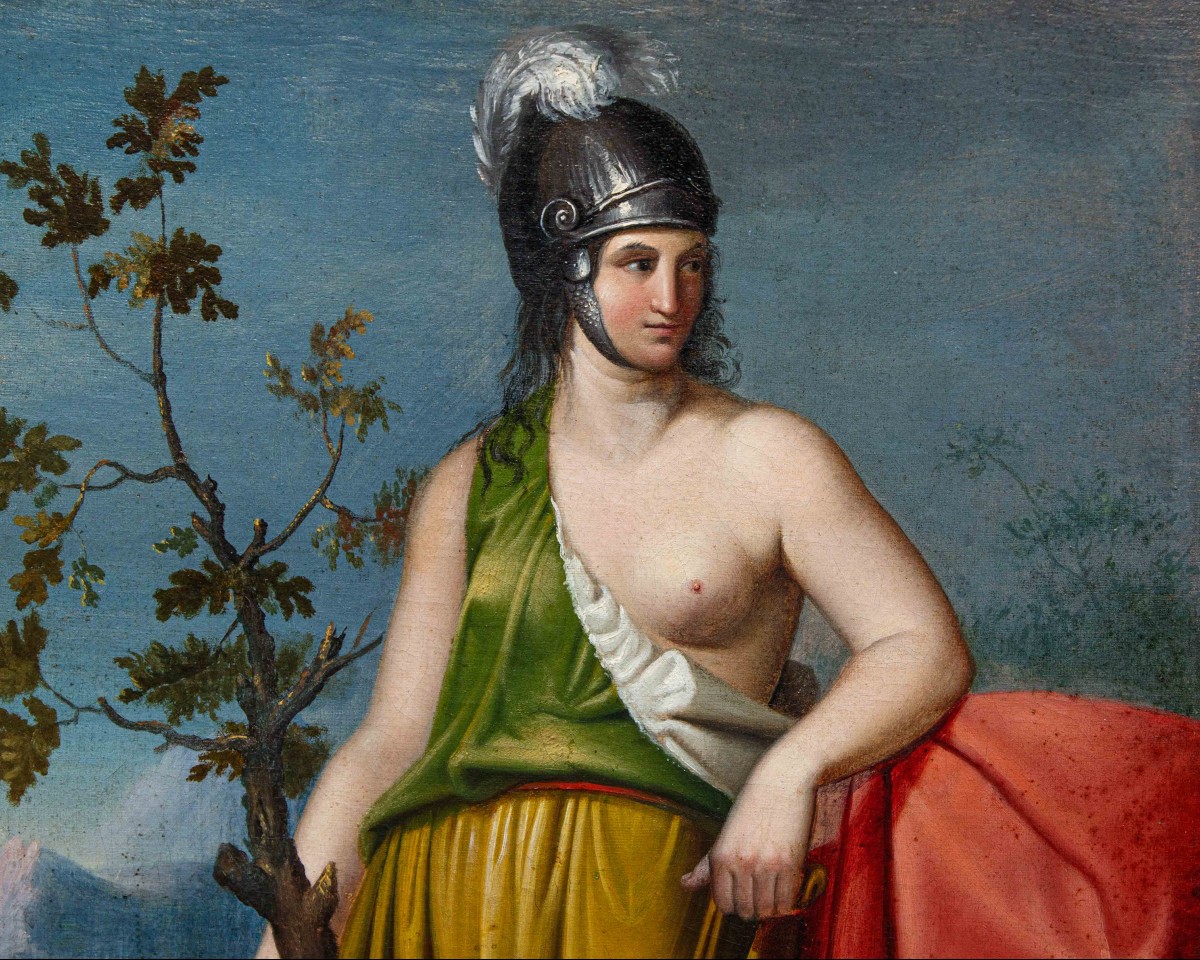
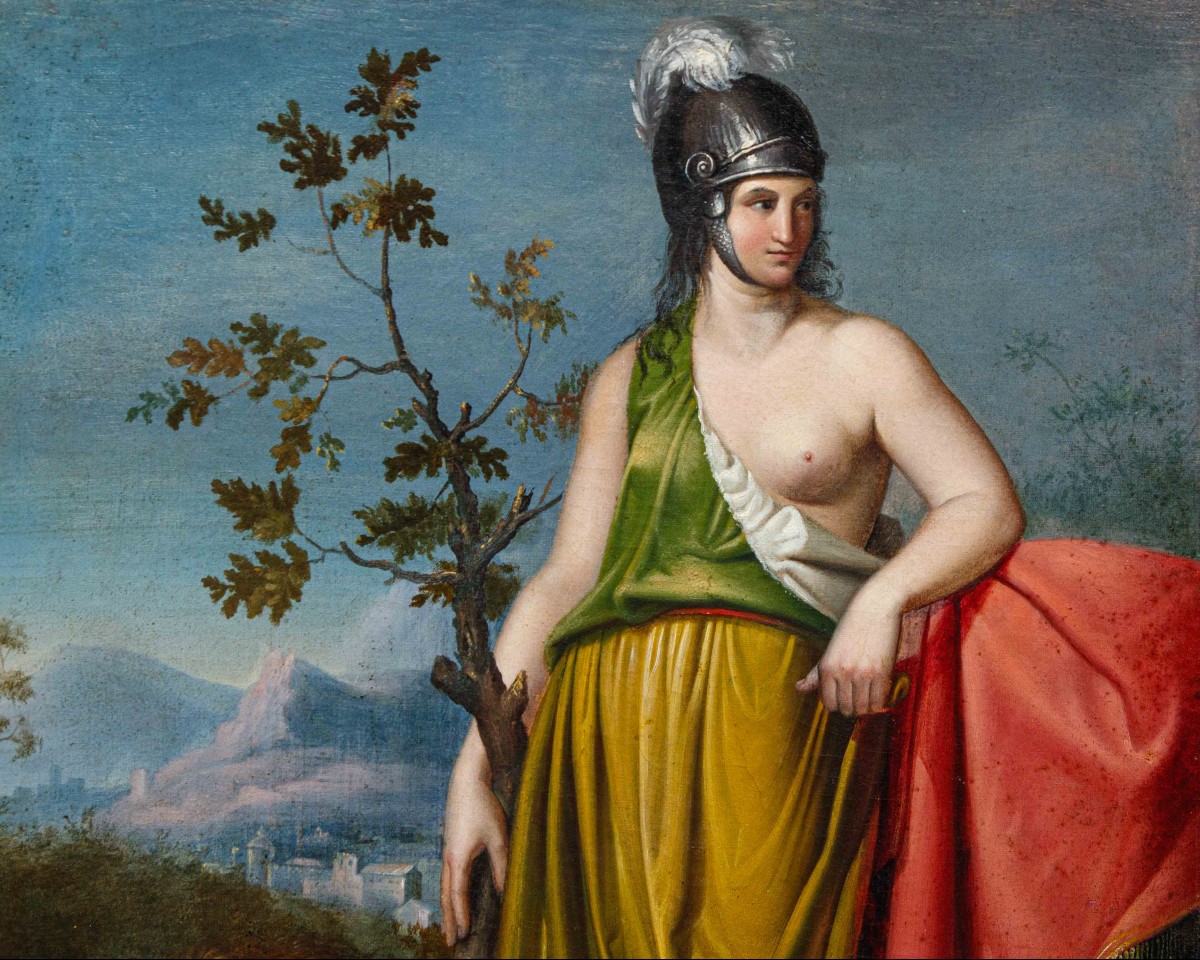
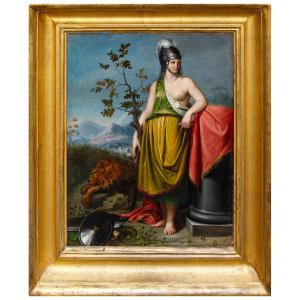




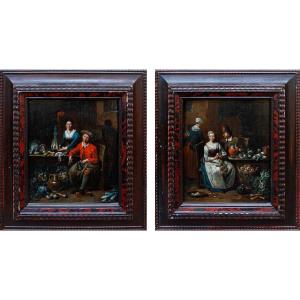

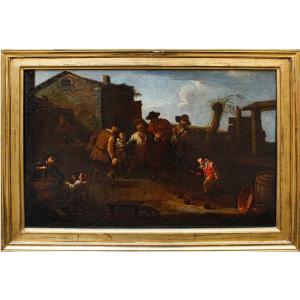

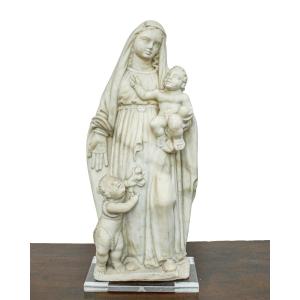









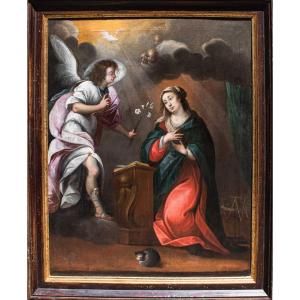
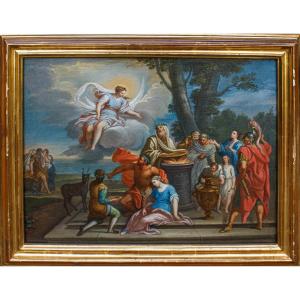







 Le Magazine de PROANTIC
Le Magazine de PROANTIC TRÉSORS Magazine
TRÉSORS Magazine Rivista Artiquariato
Rivista Artiquariato